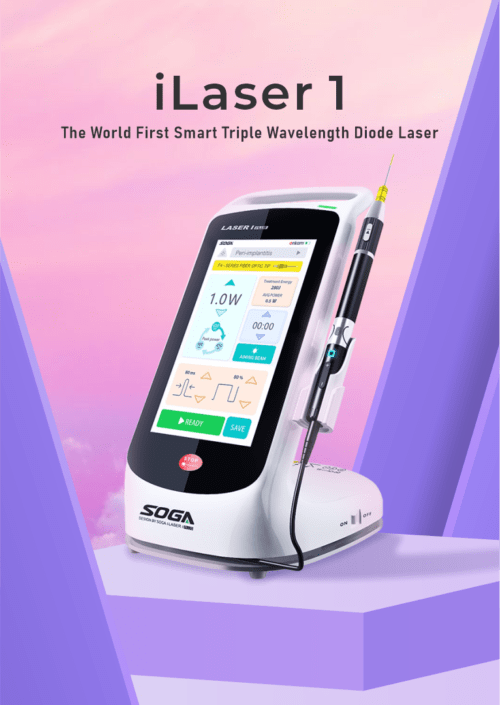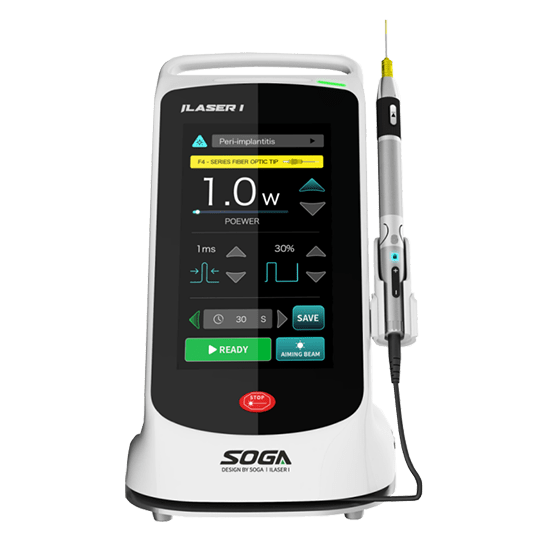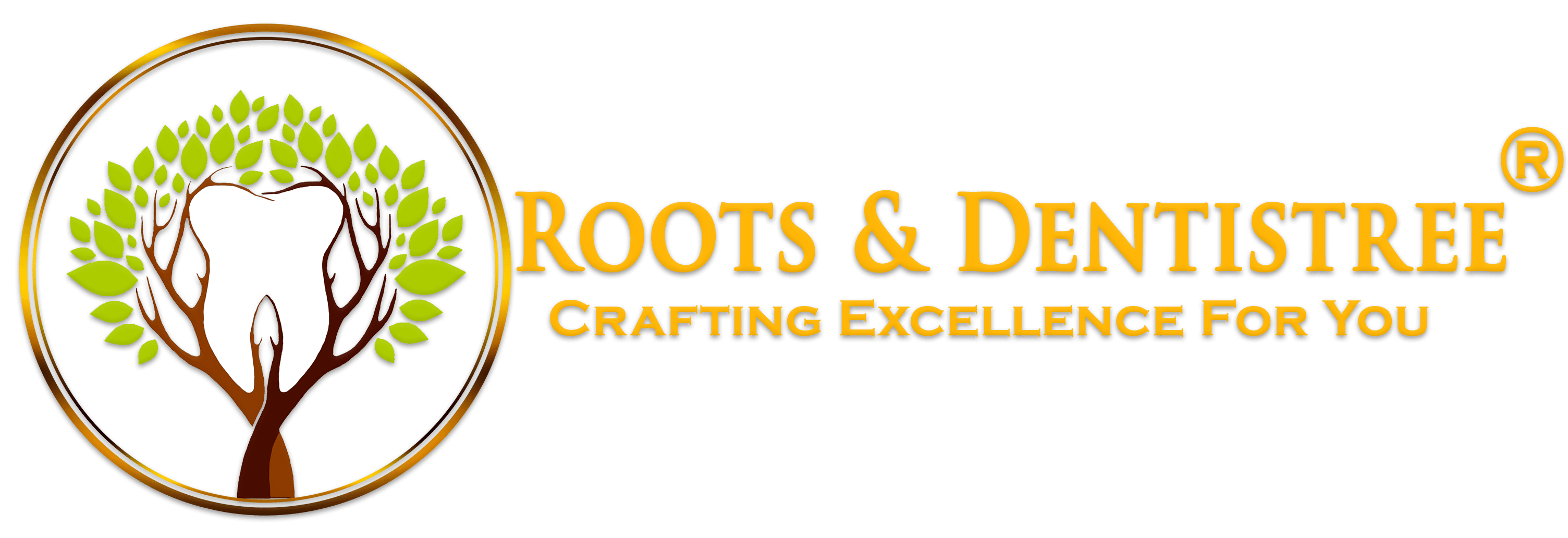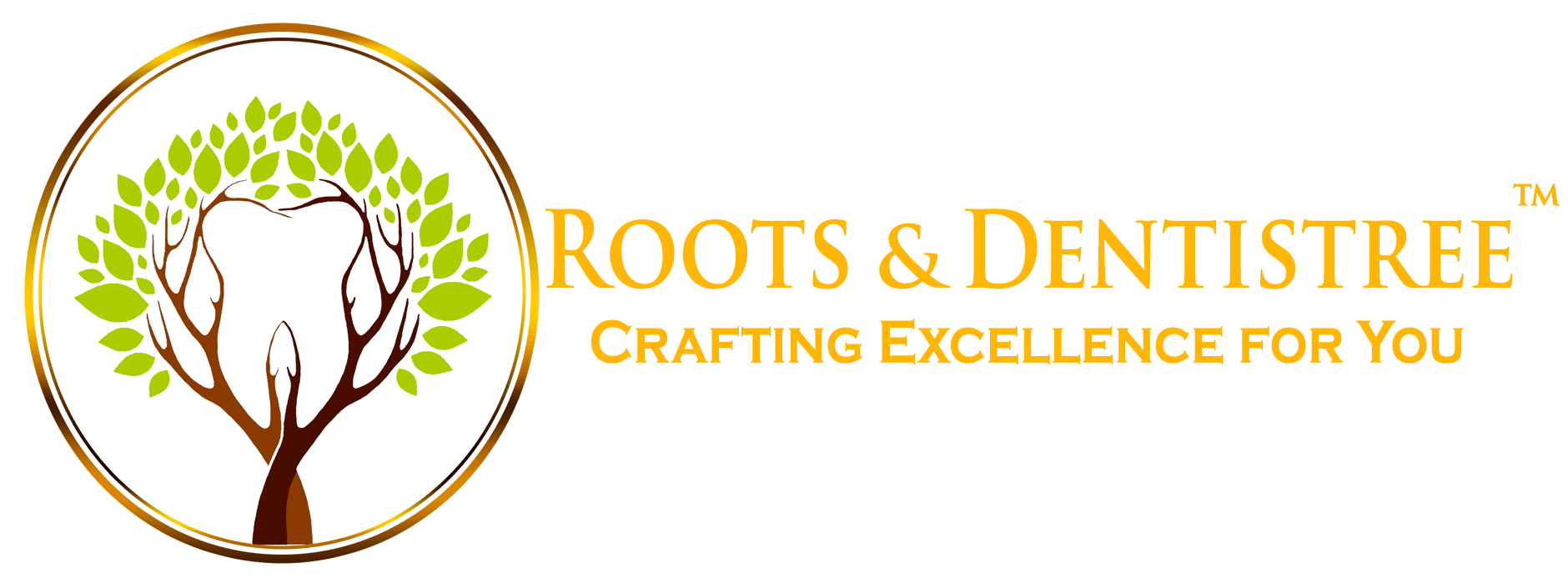"Laser Dentistry"

As we all are aware of the involvement of LASERs in medical and cosmetic fields, today all the clinical branches of dentistry has seen the dawn of LASERs as well. Do Blades, Scalpels, Pain & Blood still gives you nightmares and keeps you away from regular dental visits? Then LASER dentistry is exactly what you are looking for.
While not yet considered mainstream in many dental clinics, the use of LASERs for treating a number of dental related issues is growing constantly and at ROOTS & DENTISTREE, we do have the option of LASER dentistry. When used, the focused light beams target diseased or damaged tissue, and in most cases, this minimally invasive procedure offers patients many benefits over traditional dental treatment options.
If you’re interested in finding out more about LASER dentistry services at ROOTS & DENTISTREE , we invite you to contact our team to Schedule an Appointment.
What Is LASER Dentistry?

LASER stands for “Light Amplification by Stimulated Emission of Radiation.” The laser instruments used by dentists create a narrow and focused beam of light designed to react to specific tissue. Each laser produces different wavelengths in order to target specific tissue. For example, soft tissue lasers targets soft tissues, such as the gums, pulp, frenum etc. While hard tissue lasers target hard tissue, such as teeth, temporomandibular joints and bone.
When you come in for a laser dental treatment, you will find your appointment begins in a similar fashion to traditional dental treatments. You may receive local anesthesia, though at a much lower amount than required for traditional treatment. You will not experience the pain and discomfort you experience with traditional dental treatments and, in most cases, you will experience little to no pain or discomfort. Laser treatments are often much quicker than traditional dental procedures and offer other additional benefits.
Key Points
- LASER dentistry uses focused light beams for dental treatment, with benefits like reduced pain, faster healing, and less anxiety.
- LASER stands for “light amplification by stimulated emission of radiation” and different lasers are used for different tissues.
- Hard tissue laser procedures include teeth preparation, fillings repair, and tooth sensitivity treatment.
- Soft tissue laser procedures include gum disease treatment, gum line correction, tongue movement correction, and crown lengthening.
Boons Of Laser Dentistry
In addition to reduced or eliminated pain during dental procedures, laser dentistry offers a wide variety of benefits for patients. These can include:
- No need for anesthesia with some procedures.
- Reduced risk of bacterial infections – the use of lasers sterilizes the area as it treats.
- Decreased need for sutures with some procedures.
- Minimal bleeding as the laser promotes blood clotting.
- Faster healing times.
- Less post-procedure pain and swelling.
- Less damage to the surrounding tissue – the focused light produced by lasers allow the dentist to focus on damaged tissue while leaving healthy tissue untouched.
- Reduced anxiety and increased comfort – for many people, the sound of a dental drill is enough to keep them from the dentist. Laser treatments are quiet and relatively pain-free, helping patients feel more comfortable and relaxed during treatment.
- Reduced need for medications and antibiotics after treatment.
Dental Procedures Where Lasers Are Used
When it comes to laser dentistry, certain lasers focus on the treatment of the teeth while others focus on the treatment of gums and soft tissue. The differences between the lasers depend on their wavelength and the type of tissue they target. For example, the light wavelengths used by soft tissue lasers are easily absorbed by hemoglobin and water, making them ideal for gum and tissue treatment. In contrast, the wavelengths used with hard tissue lasers work with the calcium phosphate salt in your teeth and bones, making them ideal for specific procedures of the teeth. The specific dental work you require will determine the type of laser your dentist uses.
Hard Tissue Procedures

Hard tissue lasers use wavelengths that are absorbed through water and the calcium phosphate salt inside the tooth or bone. Dentists use these lasers to cut this hard tissue. Hard lasers reduce the need for anesthesia for procedures such as fillings. Common procedures that use hard lasers include:
- Prepare and shape teeth prior to composite bonding.
- Teeth Whitening.
- Repair worn-out or damaged fillings.
- Remove minor amounts of tooth structure.
- Treating teeth sensitivity – sensitivity to hot and cold is the result of the open dentinal tubules.
- TMJ pain management.
Soft Tissue Procedures

The wavelengths in soft tissue lasers are easily absorbed by hemoglobin (a molecule found in the blood) and water. This makes them ideal for treating gum issues as they can cut into soft tissue while simultaneously sealing exposed blood vessels. This helps to reduce bleeding and reduce your healing time. In addition, laser treatments effectively kill bacteria in the mouth, reducing your risk of infection after treatment. Common procedures performed with soft lasers include:
- Flap Surgeries: Laser gum surgery eliminates these regular cleaning procedures as scaling & root planning as the laser can remove inflamed or dead tissue while killing bacteria.
- Photodynamic Therapy in Root Canal Treatment.
- Correcting uneven or disproportionate gum lines.
- Address restricted tongue movement.
- Frenectomy
- Gummy smile correction
- Removing folds in oral soft tissue often caused by dentures.
- Oral ulcers, mucocele removal.
Laser Dentistry That You Will Find At Roots & Dentistree


At ROOTS & DENTISTREE we use “World’s First Triple Wavelength Diode LASER”, to provide quality deep cleanings and address periodontal disease. This laser technology also allows us to perform many soft tissue procedures with less pain, better results, and a much faster recovery, making this treatment option a patient’s favorite.
Blue Wavelength 450nm
Tooth Whitening.
Hemostasis pretty high photon energy for activating the molecules of whitening gel.
Efficient of all dental diode LASER.
Infrared Wavelength 980nm
Soft tissue surgical procedure, Endo & Perio
Efficiency and Coagulation(Hemostasis) at very low power setting.
High efficiency of Anti-Bacterial & Anti-Inflammatory.
High power LASER treatment.
TMJ pain reduction.
Red Wavelength 650nm
Photobiomodulation
Perfect for Photomodulation(PBI)
Low Level Laser Therapy(LLLT)
Faster Wound Healing
Pain-free Dental Treatments.


